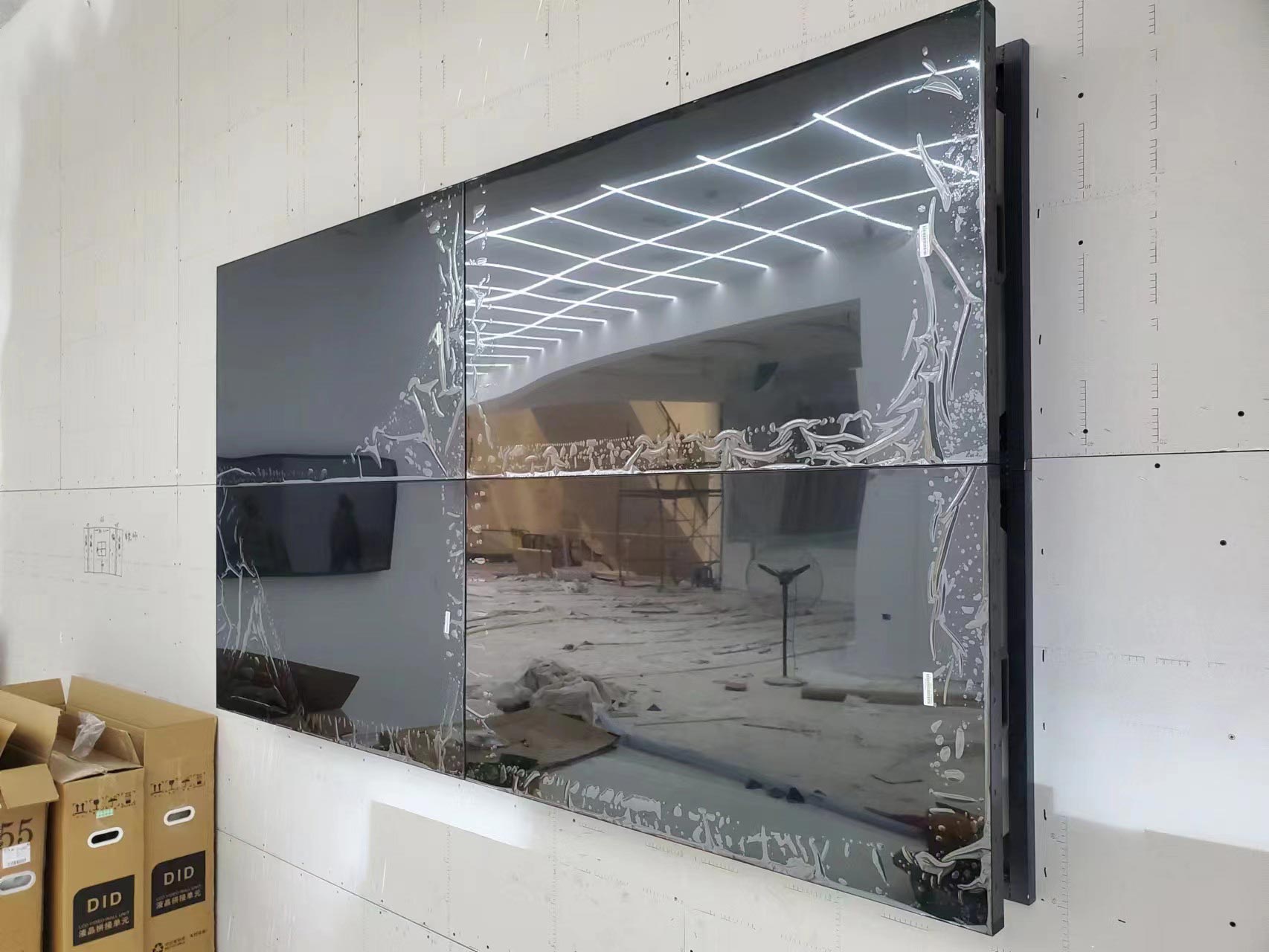Difference between LCD Video Wall and LED Screen 1
LCD Video Wall and LED Screen are two common display technologies used for large-scale visualizations and digital signage. While both serve similar purposes, they have distinct differences in terms of technology, image quality, and usage.
Technology:
LCD Video Wall: LCD (Liquid Crystal Display) technology uses liquid crystals sandwiched between two glass substrates to control the passage of light. It relies on a backlight source to illuminate the display.
LED Screen: LED (Light Emitting Diode) technology uses an array of microscopic LED lights to create the image. Each LED acts as a pixel, and they emit light directly, eliminating the need for a backlight.
Image Quality:
LCD Video Wall: LCD technology offers excellent image quality with vibrant colors, high contrast ratios, and wide viewing angles. However, it may have limited brightness levels and lower refresh rates compared to LED screens.
LED Screen: LED technology provides superior brightness levels, making it suitable for outdoor environments with high ambient light. It offers excellent color accuracy and contrast ratios, and some advanced LED screens support HDR (High Dynamic Range) for enhanced image details.
Seamless Design:
LCD Video Wall: LCD Video Walls consist of multiple LCD panels tiled together to create a seamless display. The bezels between the panels may create thin black lines, causing slight disruptions in the visual experience.
LED Screen: LED Screens can be designed with ultra-narrow bezels, resulting in a virtually seamless display. This creates a more immersive visual experience, especially when displaying large-scale content.
Energy Efficiency:
LCD Video Wall: LCD technology consumes more power as it relies on a backlight source, leading to higher energy consumption.
LED Screen: LED technology is more energy-efficient as each LED pixel emits light individually, resulting in lower power consumption.
Usage:
LCD Video Wall: LCD Video Walls are commonly used in indoor environments such as control rooms, meeting rooms, and retail stores. They are preferred when high-resolution and color accuracy are crucial.
LED Screen: LED Screens are versatile and can be used in both indoor and outdoor environments. They are suitable for outdoor advertising, digital billboards, stadiums, and concerts, where high brightness and durability are essential.
In summary, LCD Video Walls offer excellent image quality and are suitable for indoor applications, while LED Screens provide superior brightness levels and can be used in both indoor and outdoor environments. The choice between the two depends on the specific requirements and usage scenarios.

